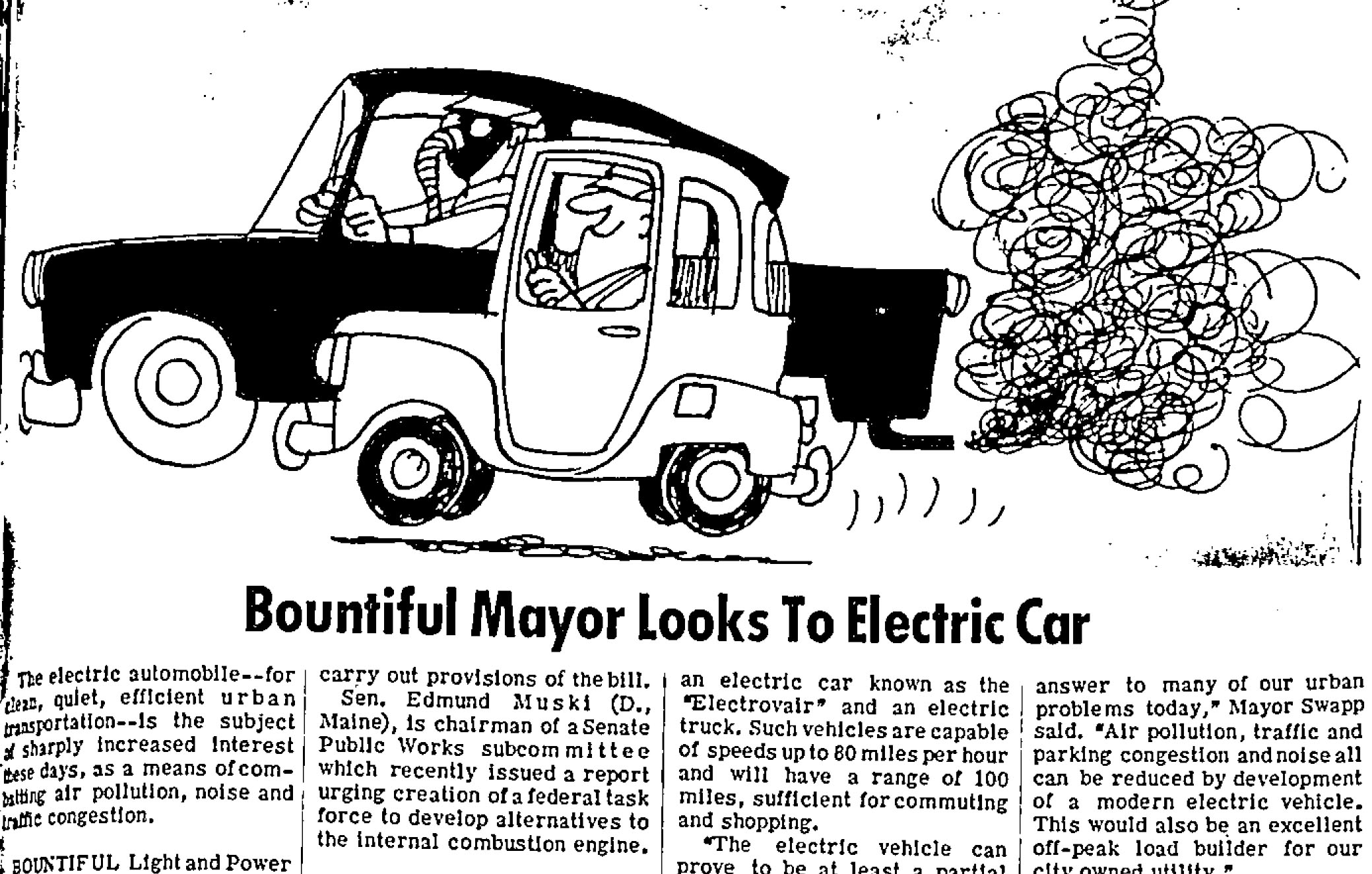
America's Environmental Leadership in Global Agreements: Complexities and Challenges
Introduction
America's environmental leadership on the global stage has been a defining feature of international relations for decades. The United States has played a pivotal role in shaping global environmental policies, advocating for ambitious targets, and providing funding and technical assistance to developing countries. However, in recent years, America's environmental leadership has faced significant challenges, both domestically and internationally. This article critically examines the complexities of America's environmental leadership, providing various perspectives, data points, and real-life examples to illustrate the challenges and opportunities facing the nation.
Historical Context
America's environmental leadership dates back to the early 20th century, with the establishment of national parks and the passage of landmark legislation such as the Clean Air Act and the Clean Water Act. In the 1970s, the United States played a key role in the establishment of the United Nations Environment Programme (UNEP) and the global environmental conference scene. America's leadership continued through the 1990s and early 2000s, with the nation playing a prominent role in the Kyoto Protocol and the Paris Agreement.
Recent Challenges
In recent years, America's environmental leadership has faced significant challenges, both domestically and internationally. Domestically, the Trump administration rolled back numerous environmental regulations, withdrew from the Paris Agreement, and appointed industry-friendly officials to key environmental agencies. Internationally, the United States has found it increasingly difficult to build consensus on environmental issues, as other countries have become more assertive and have their own priorities. This has made it harder for the United States to negotiate and implement meaningful global environmental agreements.
Criticisms and Perspectives
Critics of America's environmental leadership argue that the nation has failed to live up to its commitments, both at home and abroad. They point to the Trump administration's environmental rollbacks, as well as the continued high levels of greenhouse gas emissions in the United States, as evidence of this failure. Additionally, some critics argue that the United States has used its environmental leadership to promote its own economic interests, rather than to genuinely address global environmental problems.
Supporters of America's environmental leadership, on the other hand, argue that the nation has made significant progress on environmental issues, both domestically and internationally. They point to the establishment of national parks, the passage of landmark environmental legislation, and the nation's role in global environmental agreements as evidence of this progress. Additionally, they argue that the United States has played a vital role in raising awareness of environmental issues and in promoting sustainable practices around the world.
Data Points and Real-Life Examples
The following data points and real-life examples illustrate the complexities of America's environmental leadership:
Data Points:
- The United States is the second-largest emitter of greenhouse gases in the world, behind China.
- The United States has not ratified the Kyoto Protocol, the only industrialized country to do so.
- The Trump administration rolled back over 100 environmental regulations.
Real-Life Examples:
- The Trump administration's withdrawal from the Paris Agreement was met with widespread international condemnation.
- The United States has been criticized for its support of fossil fuel projects in developing countries.
- The United States has been praised for its leadership on issues such as marine conservation and the protection of endangered species.
Analysis and Discussion
The data points and real-life examples presented above illustrate the complexities of America's environmental leadership. While the United States has made significant progress on environmental issues, both domestically and internationally, there is still much more that needs to be done. Critics argue that the United States has failed to live up to its commitments, both at home and abroad. Supporters, on the other hand, argue that the nation has made significant progress and has played a vital role in raising awareness of environmental issues and promoting sustainable practices around the world.
The challenges facing America's environmental leadership are significant. Domestically, the Trump administration's environmental rollbacks have set back progress on environmental protection. Internationally, the United States has found it increasingly difficult to build consensus on environmental issues. Additionally, the United States' high levels of greenhouse gas emissions continue to be a major concern.
Conclusion
America's environmental leadership is at a crossroads. The nation faces significant challenges, both domestically and internationally. However, the United States also has a long history of environmental leadership and a strong commitment to protecting the environment. By working with other countries, by investing in clean energy, and by setting ambitious environmental targets, the United States can continue to play a leading role in addressing the global environmental challenges of the 21st century.
Reflection on Broader Implications
The challenges facing America's environmental leadership have broader implications for the global community. The United States is a major emitter of greenhouse gases, and its actions have a significant impact on the global climate. Additionally, the United States' role in global environmental agreements has a major impact on the ability of the international community to address environmental challenges. The United States' environmental leadership is therefore critical to the future of the planet.

Comments
Post a Comment